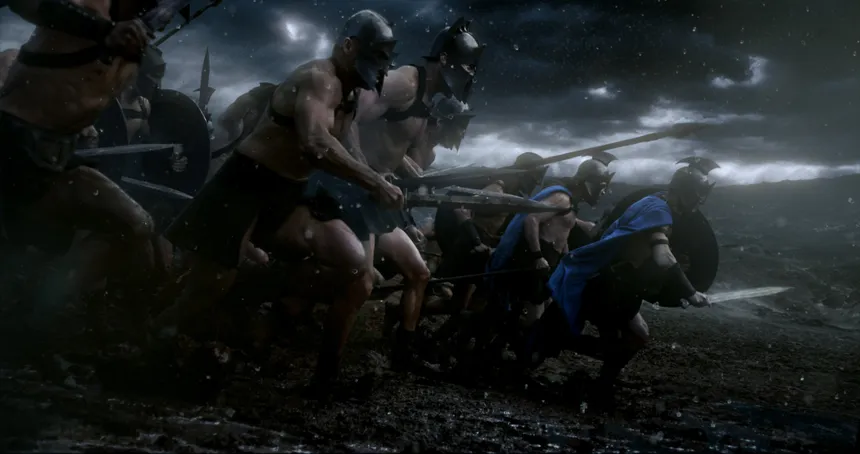The historical epic “300: Rise of an Empire” despite its charming imagery and action sequences, takes significant liberties with historical accuracy. While the film accurately depicts the outcome of major battles during the Greco-Persian War, it embellishes and fictionalizes many aspects of the conflict.
The film’s timeline spans crucial battles like Marathon, Artemisium, and Salamis, capturing the valiant Spartan warriors and the Athenian navy’s brave defense. However, the numbers of casualties, the actions of key figures like Xerxes and Artemisia, and the explicit portrayal of events often stray far from historical reality.

A Still From 300 Rise of an Empire (Via IMDB)
While the film’s historical inaccuracies are understandable for entertainment purposes, some are egregious. Notably, Xerxes is depicted as a “God-King,” a Western interpretation not supported by historical records. Additionally, Queen Artemisia is largely a fictionalized character, with her supposed slave-hood and sexual exploits serving dramatic purposes rather than factual accuracy.
Despite these deviations, the film offers a charming cinematic experience. However, viewers should be aware of the significant liberties taken with historical events and characters, and approach the film as an entertaining fiction rather than a reliable historical account.
























